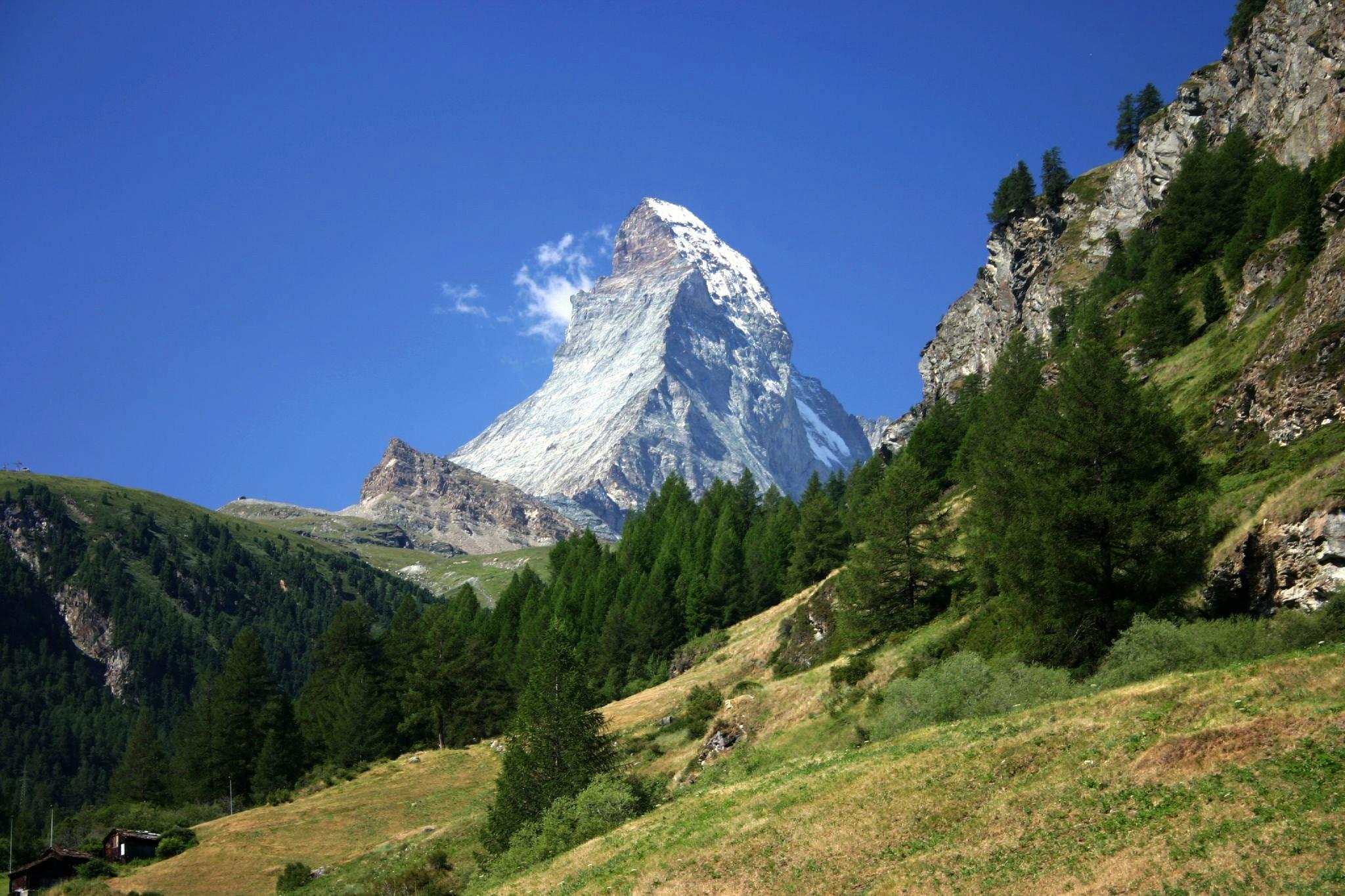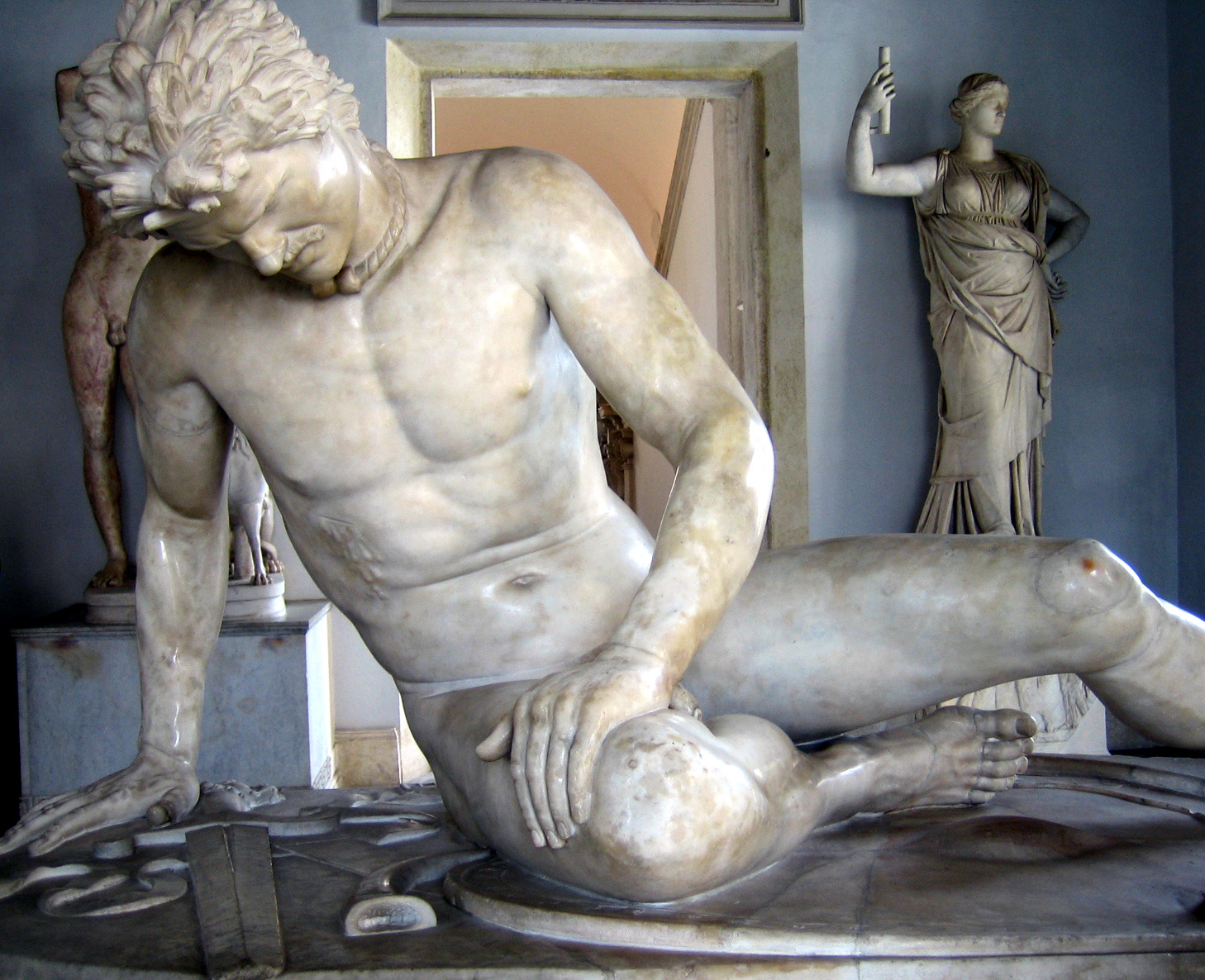|
History Of The Alps
The valleys of the Alps have been inhabited since prehistoric times. The Alpine culture, which developed there, centers on transhumance. Currently the Alps are divided among eight states: France, Monaco, Italy, Switzerland, Liechtenstein, Austria, Germany and Slovenia. In 1991 the Alpine Convention was established to regulate this transnational area, whose area measures about . Early history (before 1200) The Wildkirchli caves in the Appenzell Alps show traces of Neanderthal habitation (about 40,000 BCE). During the Würm glaciation (up to c. 11700 BP), the entire Alps were covered in ice. Anatomically modern humans reach the Alpine region by c. 30,000 years ago. MtDNA Haplogroup K (believed to have originated in the mid-Upper Paleolithic, between about 30,000 and 22,000 years ago, with an estimated age here of c. 12,000 years BP), is a genetic marker associated with southeastern Alpine region. Traces of transhumance appear in the neolithic. In the Bronze Age, the Alps f ... [...More Info...] [...Related Items...] OR: [Wikipedia] [Google] [Baidu] |
Matterhorn From Zermatt
The (, ; it, Cervino, ; french: Cervin, ; rm, Matterhorn) is a mountain of the Alps, straddling the main watershed and border between Switzerland and Italy. It is a large, near-symmetric pyramidal peak in the extended Monte Rosa area of the Pennine Alps, whose summit is high, making it one of the highest summits in the Alps and Europe.Considering summits with at least 300 metres prominence, it is the 6th highest in the Alps and Europe outside the Caucasus Mountains. The four steep faces, rising above the surrounding glaciers, face the four compass points and are split by the ''Hörnli'', ''Furggen'', ''Leone''/''Lion'', and ''Zmutt'' ridges. The mountain overlooks the Swiss town of Zermatt, in the canton of Valais, to the northeast; and the Italian town of Breuil-Cervinia in the Aosta Valley to the south. Just east of the Matterhorn is Theodul Pass, the main passage between the two valleys on its north and south sides, which has been a trade route since the Roma ... [...More Info...] [...Related Items...] OR: [Wikipedia] [Google] [Baidu] |
Haplogroup K (mtDNA)
Haplogroup K, formerly Haplogroup UK, is a human mitochondrial DNA (mtDNA) haplogroup. It is defined by the HVR1 mutations 16224C and 16311C. It is now known that K is a subclade of U8. Origin Haplogroup K is believed to have originated in the mid- Upper Paleolithic, between about 30,000 and 22,000 years ago. It is the most common subclade of haplogroup U8b. Distribution Haplogroup K appears in Central Europe, Southern Europe, Northern Europe, North Africa, the Horn of Africa, South Asia and West Asia and in populations with such an ancestry. Overall the mtDNA haplogroup K is found in about 6% of the population of Europe and the Near East, but it is more common in certain populations. Approximately 32% of people with Ashkenazi Jewish ancestry are in haplogroup K, with about 21% in K1a1b1a alone. This high percentage points to a genetic bottleneck occurring around the years 800-1000 under which K1a1b1a was particularly affected since K1a1b1a carriers' proportions of f ... [...More Info...] [...Related Items...] OR: [Wikipedia] [Google] [Baidu] |
Gauls
The Gauls ( la, Galli; grc, Γαλάται, ''Galátai'') were a group of Celtic peoples of mainland Europe in the Iron Age and the Roman period (roughly 5th century BC to 5th century AD). Their homeland was known as Gaul (''Gallia''). They spoke Gaulish, a continental Celtic language. The Gauls emerged around the 5th century BC as bearers of La Tène culture north and west of the Alps. By the 4th century BC, they were spread over much of what is now France, Belgium, Switzerland, Southern Germany, Austria, and the Czech Republic, by virtue of controlling the trade routes along the river systems of the Rhône, Seine, Rhine, and Danube. They reached the peak of their power in the 3rd century BC. During the 4th and 3rd centuries BC, the Gauls expanded into Northern Italy ( Cisalpine Gaul), leading to the Roman–Gallic wars, and into the Balkans, leading to war with the Greeks. These latter Gauls eventually settled in Anatolia, becoming known as Galatians. After the en ... [...More Info...] [...Related Items...] OR: [Wikipedia] [Google] [Baidu] |



